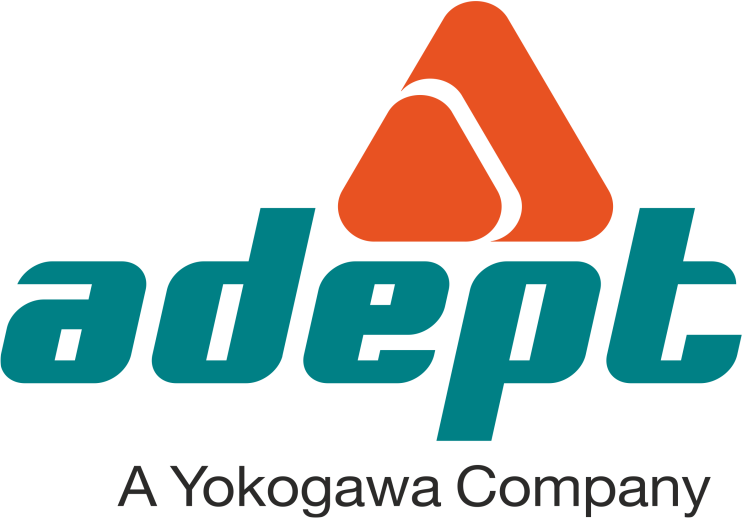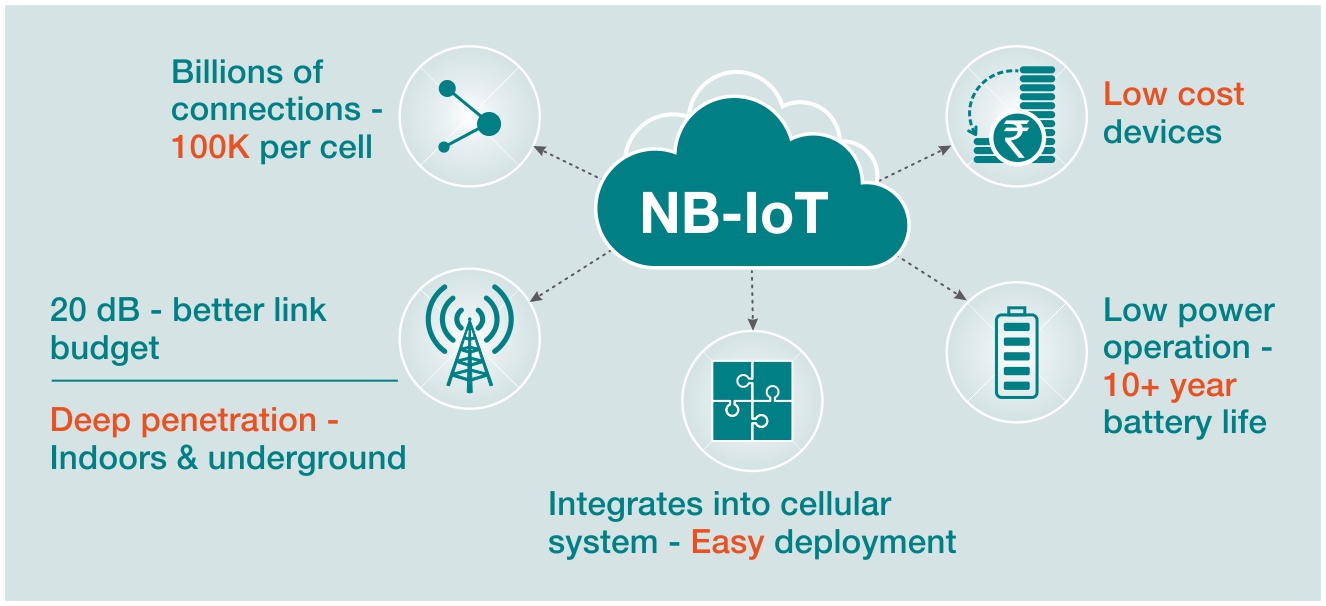Blog
How NB-IoT is making inroads into the LPWAN landscape
Providing a unique combination of long-range, low-power and low-cost advantages, LPWAN (Low Power Wide Area Networks) are poised to become the backbone of
battery-operated IoT sensor networks across verticals. Nevertheless, not all LPWAN technologies are created equal, and there exists a persistent trade-off between Quality of Service (QoS) and battery life among most solutions.
Legacy wireless technologies have limitations in keeping up with the range, power and cost requirements of IoT sensor networks. Traditional cellular connectivity (e.g. 2G, 3G, LTE) and wireless local area networks (i.e. Wi-Fi) are very expensive and power-starved for transmitting small amounts of data from a large number of sensor devices such as a Smart Flow Meter.
Smart Flow Meters are those devices that can transfer data accurately without human intervention. These meters are IoT-enabled devices, in which metering data can be logged and stored remotely without breaching the privacy of customers. Smart Meters avoid human error, provide more accurate and precise readings and enable decision makers with a tool to manage water distribution network more efficiently thereby reducing the Non-revenue Water (NRW).
For the IoT applications, the biggest factors to be taken into consideration are latency, battery life, Quality-of-Service (QoS) and cost. Latency is the time it takes for data to be transferred between its original source and its destination. It is an important factor in deciding the required type of LPWAN technology. As the number of connected devices increases, innovative technology standards have developed to handle the growing IoT space. Relying totally on cellular or satellite networks is expensive and they also use a lot of battery power for most devices.
Most IoT devices DO NOT need to be in constant contact with a cellular network, so a new type of network was needed. Enter the era of LPWAN! The most commonly used wireless technologies available under LPWAN are NB-IoT, LoRaWAN and Sigfox.
NB-IoT is an abbreviation for ‘Narrow Band IoT’, a cellular standard developed by 3GPP (3rd Generation Partnership Project). NB-IoT can be implemented in a stand-alone or in-band spectrum manner and does not require gateways, unlike the LoRa device that needs a gateway to function. NB-IoT connects base stations directly with sensors.
NB-IoT is characterised by:
Licensed frequency bands
Low latency enables more frequent data transfer
10 km range
Better urban / dense performance
Excellent indoor coverage
High data rates (almost 10 times those of other LPWAN technologies)
Can support really large number of connections
Cost efficiency: Higher cost per device but saving on high-cost gateways
For more information on LoRaWAN please refer to our blog:
https://www.adeptfluidyne.com/why-lorawan-is-the-preferred-communication-protocol-for-smart-metering-and-industry-40/
While NB-IoT is designed for low-power devices, its lower latency means that it uses up battery power faster than other LPWAN options. The trade-off is that it can guarantee better Quality of Service (QoS) as compared to others due to faster response times. For Smart City initiatives offering smart metering, NB-IoT provides a good choice for applications that need frequent communication or high data throughput. Due to easy access to electricity supply in smart cities, there will be less need for battery efficiency, so NB-IoT can be a better option for smart buildings with very high data throughput or a need
for very low latency, such as high-security facilities. NB-IoT is also a better option for Smart City networks that connect dozens or hundreds of buildings, whereas other LPWAN options are better suited for a single-building application.
For manufacturing applications and automation requirements that need frequent communication and guaranteed QoS, NB-IoT is a far better choice than the other possible options.
Cost-efficiency:
Communication costs for NB-IoT consist mostly of subscription costs and modem costs, which are a lesser than those of 2G/3G modems. Using the NB-IoT technology together with eUICC (Embedded Universal Integrated Circuit Card) technology, which is introduced simultaneously with NB-IoT, makes NB-IoT a very cost-efficient technology. With eUICC, the service provider can be changed remotely without touching the meter or changing the traditional physical SIM card. This minimises the amount of field work and lowers the subscription management costs. An altogether new business scenario is emerging around hosting and managing subscriptions.
In the future, NB-IoT network costs are expected to decrease by and large due to economies of scale. The technology will be widely used all over the world, and an increase in the number of vendors and other players offering NB-IoT devices and solutions will result in lower prices.
Let Adept’s expert team help you select an efficient Smart Meter with NB-IoT.
Write to us at: digital@adeptfluidyne.com
Latest Blogs













